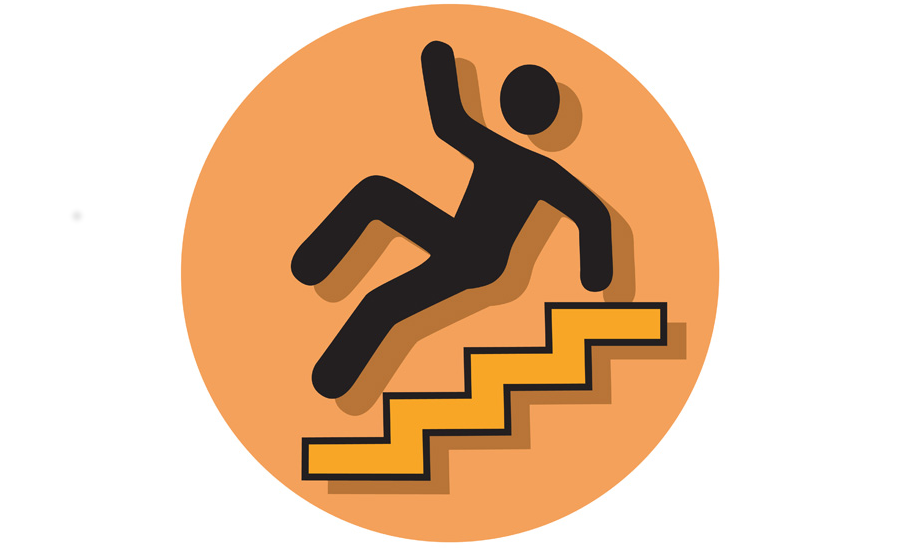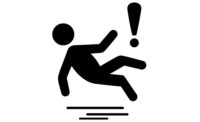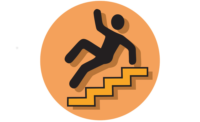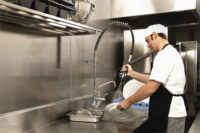From NIOSH's Research Rounds bulletin
Slip-resistant shoes reduce food service workers’ compensation claims

Each year, food service businesses report that slips, trips, and falls are some of the most common causes of worker injury leading to time away from work. However, employers and workers can avoid slip, trips, and falls by keeping floors clean and dry, fixing flooring defects, using properly designed stairs and handrails, and, as a new study finds, by wearing slip-resistant shoes.
In this study, researchers at the National Institute for Occupational Safety and Health (NIOSH), in collaboration with industry partners, examined the effects of slip-resistant shoes on workers’ compensation claims related to slipping on liquid- or grease-contaminated surfaces among food service workers. Food service workers, who are responsible for preparing, cooking, and serving food, often encounter these slipping hazards on the job.
Participants in the study included about 15,000 food service workers employed by Aramark Education (K–12) at elementary, middle, and high schools from 227 school districts across 24 states. Researchers randomly assigned school districts either to receive or not to receive slip-resistant shoes. Workers who voluntarily chose to wear the shoes received free shoes throughout study, while workers at school districts that did not receive the shoes continued wearing their regular footwear, including their own slip-resistant shoes if they chose to.
Researchers compared data from the 2 years before participants received slip-resistant shoes with data from 2 years after they received them in both the intervention and control school districts. Preliminary findings from the 4-year study found more than an 80% reduction in workers’ compensation injury claims related to slipping on liquid- or grease-contaminated surfaces in the school districts that received slip-resistant shoes and were not using them previously.
Shoes for Crews, a manufacturer and supplier of slip-resistant footwear, supplied the shoes for the study, which ran from August 2009 to December 2013. Now, the researchers are studying whether the slip-resistant shoes will continue to prevent slips, trips, and falls, and if they are cost-effective. They plan to describe their findings in a paper to submit to a scientific journal in early 2016.
Disclaimer: Mention of company names or products does not constitute endorsement by the National Institute for Occupational Safety and Health.
Looking for a reprint of this article?
From high-res PDFs to custom plaques, order your copy today!








